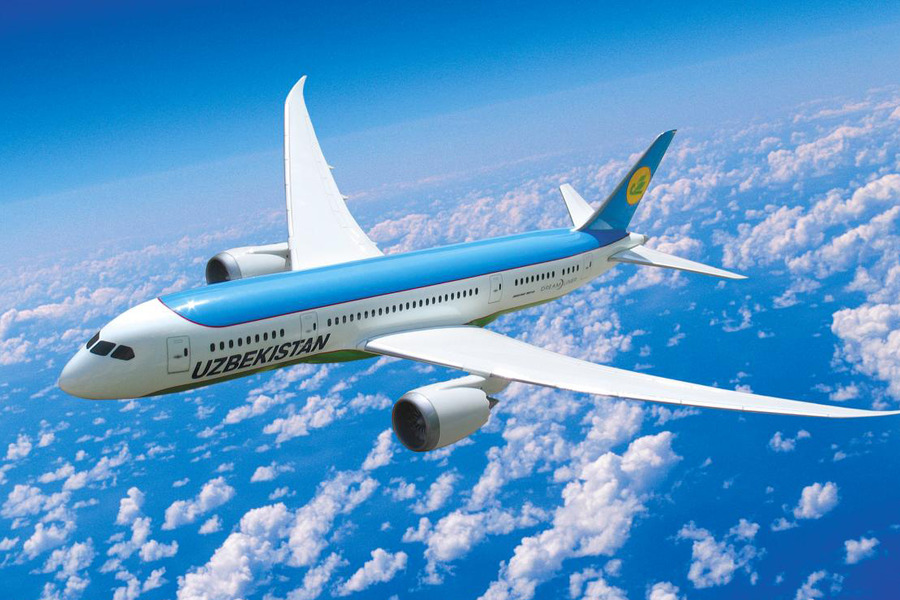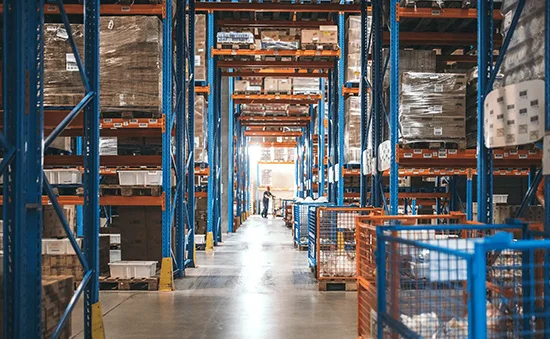
Air transport has revolutionized the way we travel, connecting people and places across the globe at unprecedented speeds. In this blog post, we will delve into the reasons why air transport is so fast, exploring the technological advancements, operational efficiency, and infrastructure that contribute to its remarkable speed.
- Aerodynamics and Aircraft Design:
One of the key factors behind the speed of air transport lies in the science of aerodynamics and the design of modern aircraft. Engineers meticulously craft aircraft shapes to minimize drag and maximize lift, allowing planes to cut through the air with minimal resistance. From streamlined fuselages to wing designs inspired by birds, every aspect of an aircraft's design is optimized for speed. - Jet Engines and Propulsion Systems:
The development of jet engines has been a game-changer in the world of aviation. These powerful engines, fueled by a combination of compressed air and fuel, generate immense thrust, propelling aircraft forward at incredible speeds. Jet engines have significantly increased the speed and efficiency of air travel, enabling planes to reach supersonic speeds and reducing travel times across long distances. - Air Traffic Management and Navigation Systems:
Efficient air traffic management and advanced navigation systems play a crucial role in maintaining the speed of air transport. Air traffic controllers strategically plan flight routes, ensuring optimal efficiency and minimizing delays. Additionally, advanced navigation systems, such as GPS, allow pilots to navigate accurately and efficiently, further enhancing the speed and safety of air travel. - Airport Infrastructure and Ground Operations:
The speed of air transport is not limited to the aircraft itself but also relies on efficient ground operations. Airports worldwide invest in state-of-the-art infrastructure, including long runways, advanced taxiway systems, and efficient boarding procedures, to minimize turnaround times. Additionally, streamlined security processes and baggage handling systems contribute to the overall efficiency of air travel. - Continuous Technological Advancements:
The aviation industry is constantly evolving, with ongoing technological advancements further enhancing the speed of air transport. From the development of supersonic aircraft to the exploration of new propulsion technologies, researchers and engineers are continuously pushing the boundaries of speed in air travel. These advancements promise even faster and more efficient modes of transportation in the future.
Conclusion:
The blazing speed of air transport can be attributed to a combination of factors, including aerodynamics, jet engines, air traffic management, airport infrastructure, and continuous technological advancements. As we continue to explore new frontiers in aviation, the speed of air transport will only continue to increase, bringing the world closer together and revolutionizing the way we travel.



